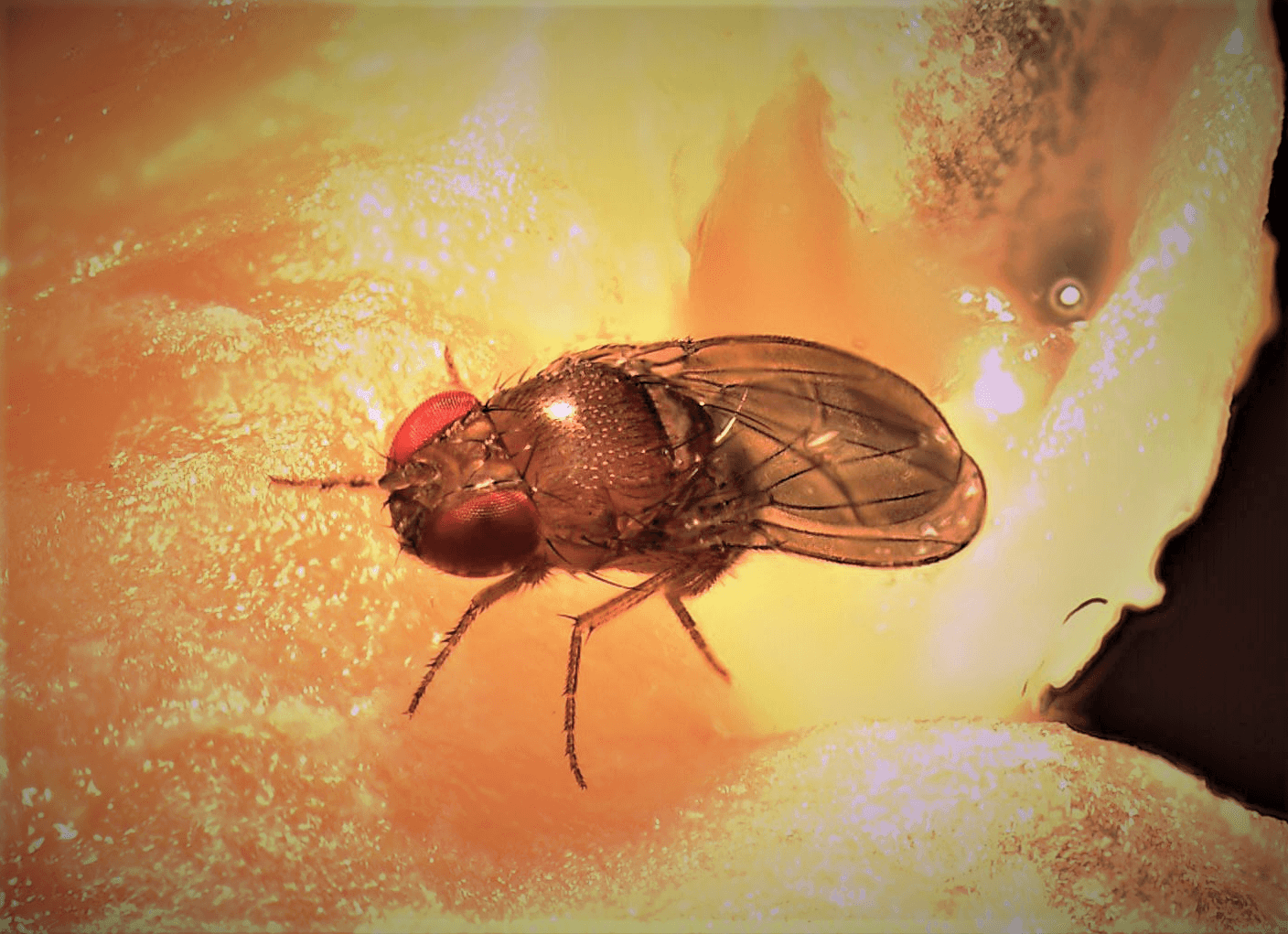
A new and unusual Wolbachia bacteria from Drosophila flies limited to the female sex
Words: Ary Hoffmann
Cover image: Perran Ross
As Wolbachia bacteria that live inside insect cells continue to be discovered and studied in detail, our appreciation of the diverse ways in which these bacteria interact with their hosts continues to expand. In past work we have found Wolbachia that cause embryo death when infected males mate with uninfected females (“cytoplasmic incompatibility”), Wolbachia that kill only male embryos (“male killers”), and Wolbachia that cause females to start producing offspring without the need to mate (“parthenogenesis”). There are also Wolbachia that don’t appear to do anything, simply acting as passengers within their insect hosts, and persist because they are efficiently transferred from mothers to all their offspring.
One of the reasons for this diversity of effects is that there is expected to be an ongoing process of evolution where the insect host changes in reaction to the bacterium, and the bacterium also changes in reaction to its insect host. From the perspective of the bacterium, it is important for it to be passed efficiently from host mothers to all her offspring. This is because the bacterium cannot survive outside its host’s cells, so that any “leakiness” in transmission could cause the bacterium to become less common in the host population. In contrast, for the host, there will be strong pressure to reduce embryo death under cytoplasmic incompatibility, because all the offspring that die from this process are wasted which decreases the fitness of host females. We might therefore expect to end up with a situation where the Wolbachia are transferred to all offspring of a female host, and simultaneously a reduction of incompatibility as females evolve resistance to the effects of Wolbachia or a reduced ability of Wolbachia in males to kill embryos.
These processes of selection are predicted to produce Wolbachia bacteria that occur at a high density in female hosts (where they are then likely to be transferred to as many offspring as possible) but at a lower density in male hosts (where they might then produce a reduced level of embryo killing). Yet to date, such strains have not been found – Wolbachia bacteria are typically found at a similar density in the cells of male and female hosts.
All that has changed now with the discovery of a new Wolbachia strain in a small Australian native fly known as Drosophila pseudotakahashii. The work is described in a new paper we have published in the journal Heredity. This fly species can be easily collected in warm areas along the east coast in New South Wales and Queensland by baiting them with decomposing fruit. We collected flies and scored for Wolbachia density and it was discovered that while all females are infected by Wolbachia, the bacterium could only be found in some of the males, and often at a low density. Using antibiotics, female flies were produced that then lacked the bacterium. Crosses between males and these females then showed that the level of embryo death was higher in males with some Wolbachia than in males that lacked Wolbachia. Thus, this example of Wolbachia infection provides an unusual situation where the bacterium has largely become sex limited, likely resulting from an ongoing evolutionary interaction between Wolbachia and its host.
These findings demonstrate the rich diversity of effects that bacteria living inside cells can have on their insect hosts. Such effects are increasingly important from an applied perspective: bacteria can be manipulated to suppress the transmission of viruses by a host, alter patterns of host susceptibility to pesticides, and a range of other effects many of which no doubt remain to be discovered! We are of course also busy exploiting these in our work on mosquitoes and agricultural pests. One day the newly discovered Wolbachia from Drosophila pseudotakahashii flies might be transferred to mosquitoes or pest fruit flies to help control these organisms and the diseases that they spread.
Editor’s note: if this article has piqued your interest please see our overview article on Wolbachia in mosquitoes here